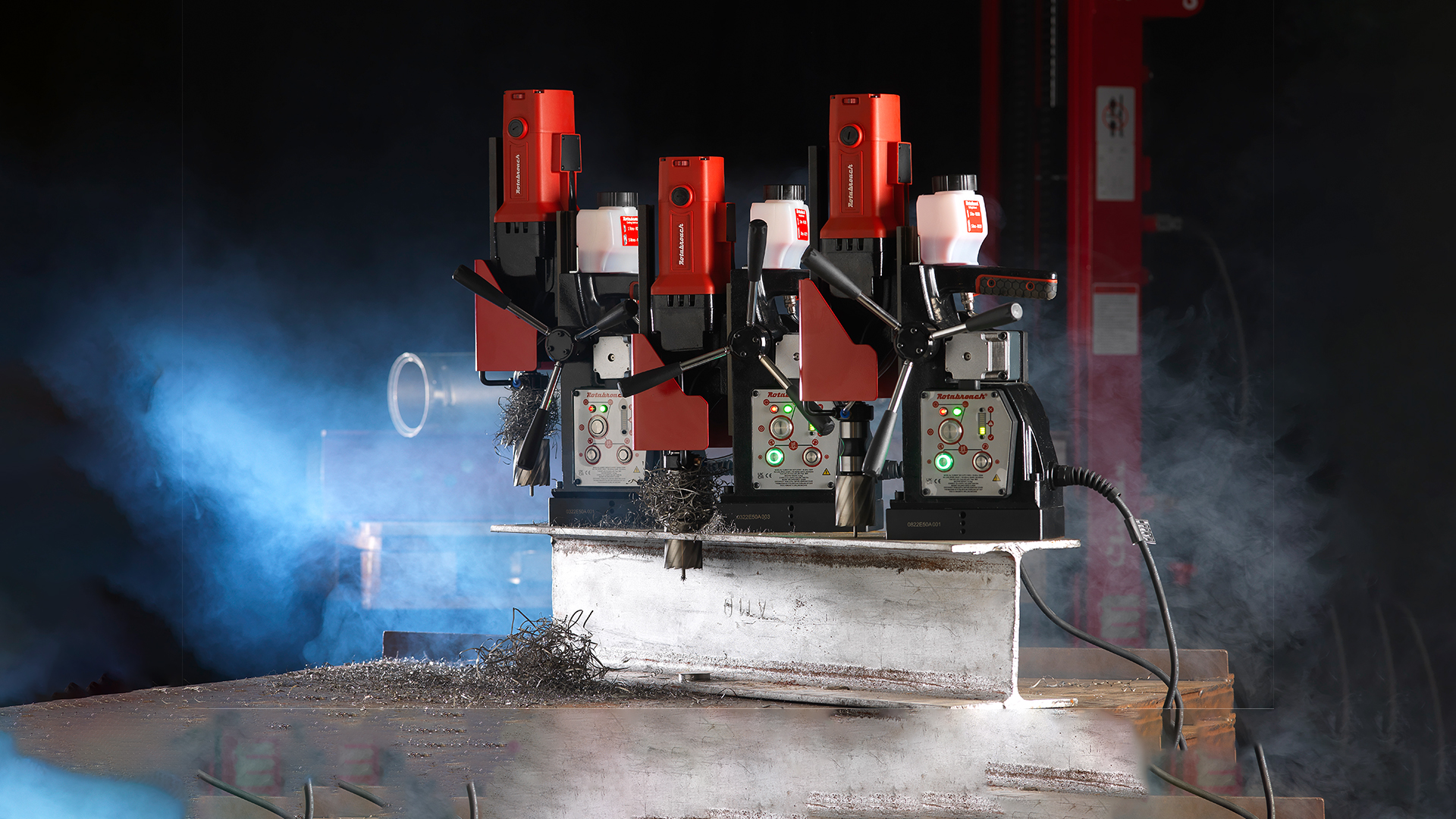

Everything You Need To Know About Mag Drills


Mag drills are an incredible asset to industries, businesses and workshops across the world. Portable, powerful and reliable, here’s the key information, at a glance:
At Rotabroach, we’ve been producing market-leading magnetic drills for decades. Now, over 40 years later, our Element range leads the way with innovative new technologies and designs. From the incredible Element 40 Permanent Magnet, maintaining its hold even during total power loss, to the next level of efficiency in the Element 50 Auto, we’re always pushing the boundaries. That’s why Rotabroach mag drills are known around the world as the ultimate option for magnetic drilling.
Let’s take a look at the most common questions and queries surrounding mag drills:
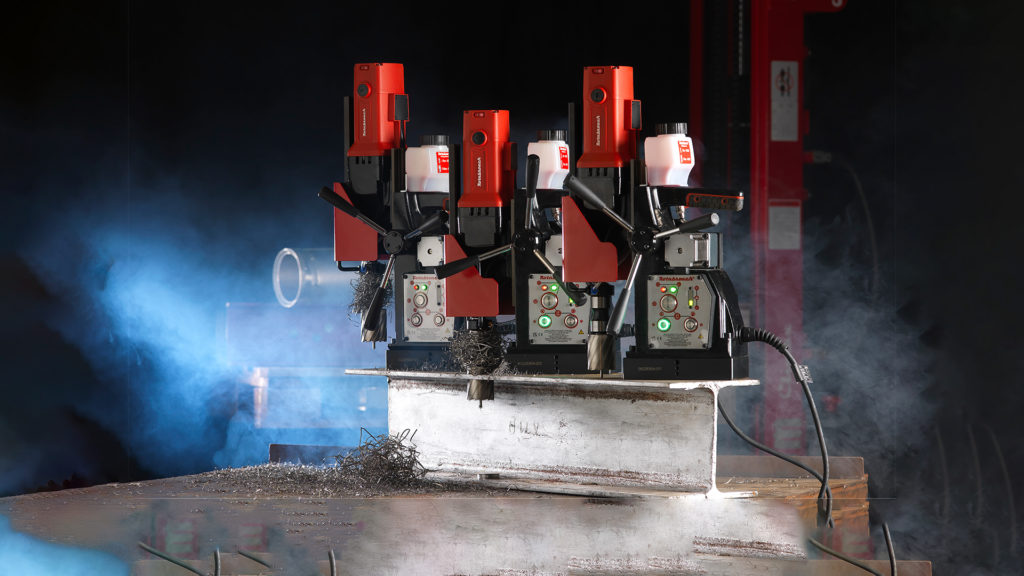

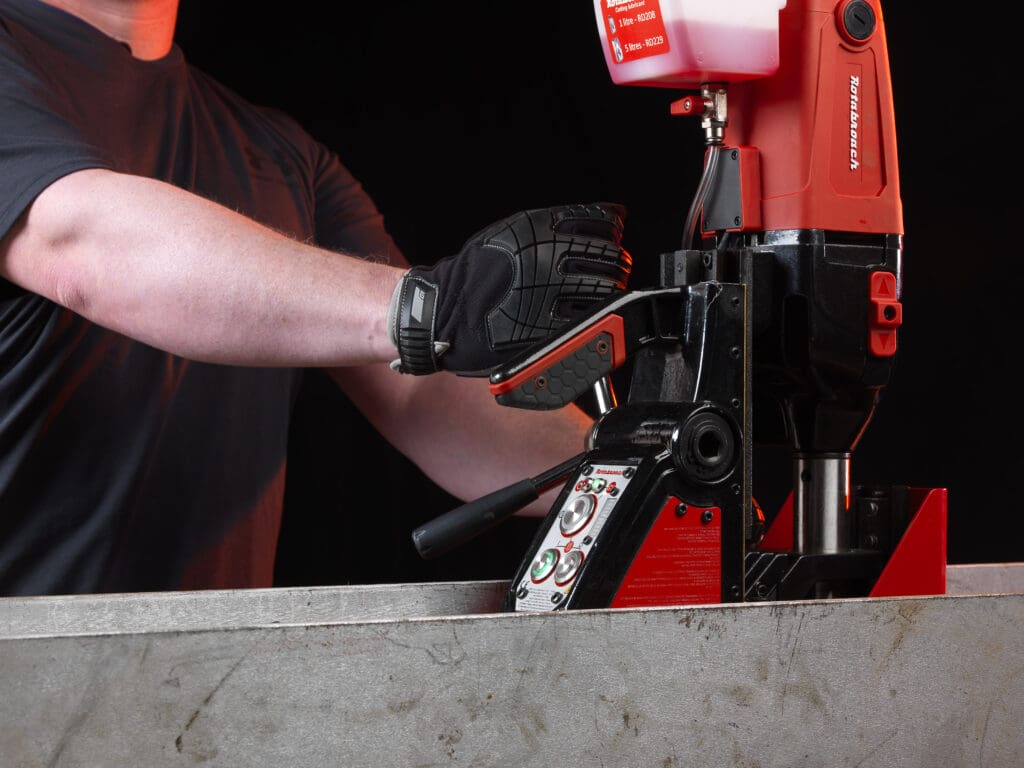

What is a magnetic drill?
Magnetic drills are known by a range of different names, including: mag drills, core drills, electromagnetic drills, portable drill presses and more. They can be found everywhere from the construction site to a steel fabrication workshop, or used in large-scale industrial and engineering projects. Any industry that involves drilling holes into tough metals and performing the most demanding tasks will likely be using a magnetic drill, or could significantly benefit from using one.
Mag drills generally use annular cutters, otherwise known as ‘mag drill bits’ or ‘Rotabroach cutters’ (due to our longstanding heritage with the tool), to cut through a range of different metals, including: various steels, aluminium, cast iron and tough alloys. As well as this, mag drills can use a variety of different accessories to perform other tasks, they can use: countersinks, twist drills, taps (if the drill has forward/reverse function) and other tools. Therefore, a mag drill can not only use mag drill bits to quickly drill through metal, it can also complete a variety of other tasks too.
For more information on annular cutters, read our guide on ‘Choosing The Right Annular Cutter’.
How does a mag drill work?
Mag drills use an electromagnetic base to adhere to the target metal surface, once engaged this strongly binds the drill to the surface and provides a stable base for drilling.
They drill through the metal, generally using an annular cutter, by cutting the periphery of the hole before ejecting the ‘slug’, the core of the material being cut.
The key advantage of the mag drill is that, once the hole is drilled, they can be moved to the next site or space when necessary. This makes them ideal for both stationary repeat drilling and mobile work simultaneously.
How do I use a mag drill?
Using Rotabroach mag drills is simple, follow these steps to drill quickly, safely and efficiently:
- Inspect the target surface, checking for any metal chips and debris: any excess material can risk effecting the magnet adhesion and risk operator safety.
- Position the mag drill on the surface and engage the magnet.
- Ensure the cutter is properly lubricated, many mag drills utilise internal cooling systems, however additional lubricant is ideal for preventing cutter and motor damage during operation.
- Switch the drill on and begin drilling with a consistent pressure. Our Element range use a unique system called CutSmart, displayed on a panel which warns users of excess pressure and guides them to the optimal amount of force to exert onto the cutter. This avoids cutter damage and maximises tool life.
- Once the hole is drilled, retract the cutter and allow the bit to cool. Then, clear the excess material from the workpiece.
What is a mag drill used for?
Mag drills can be found in a wide range of different environments, from steel fabrication to a construction site, these drills are found in businesses and projects around the world. Their ability to quickly drill through a variety of metals makes them a valuable asset to various different sectors.
Other industries which use mag drills include:
Alongside this, magnetic drills can often be found in DIY and home workshops due to the accessibility and value offered by more cost-effective drills like the Commando range.
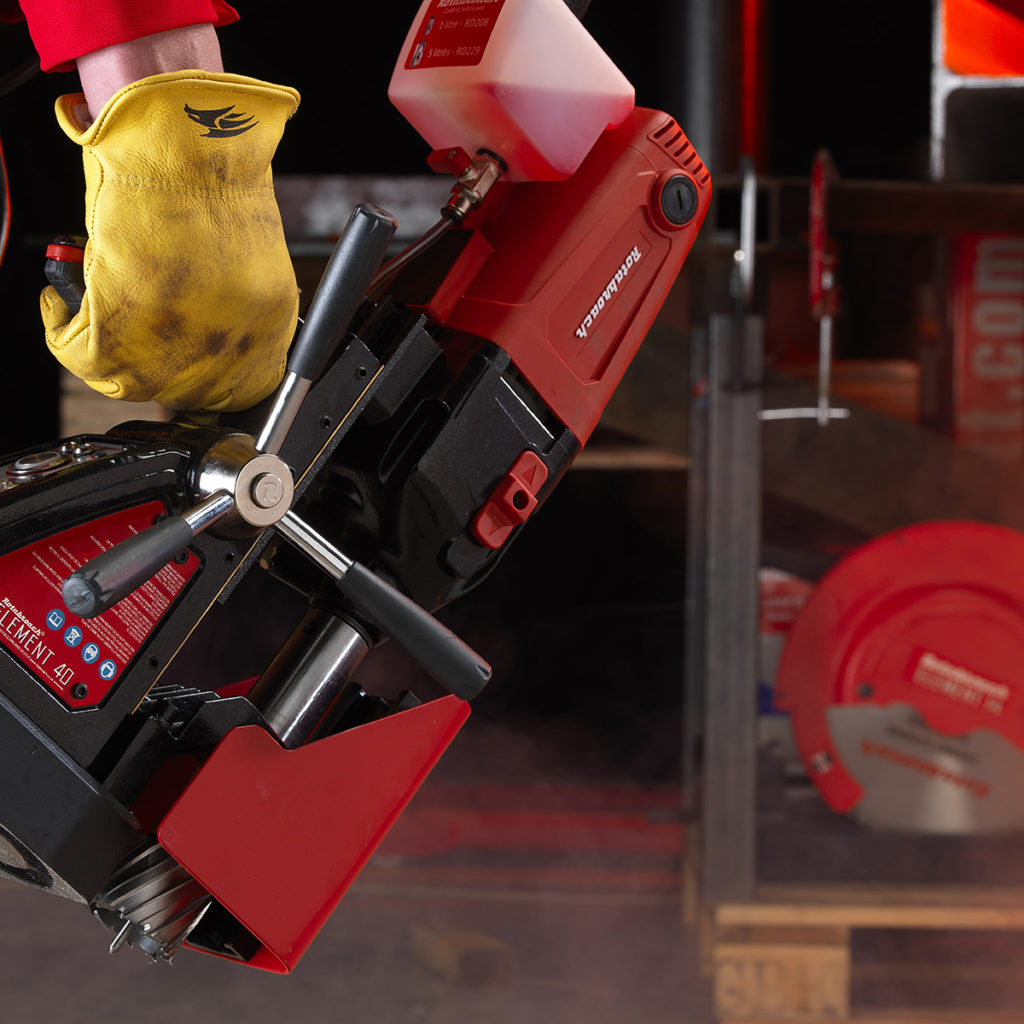

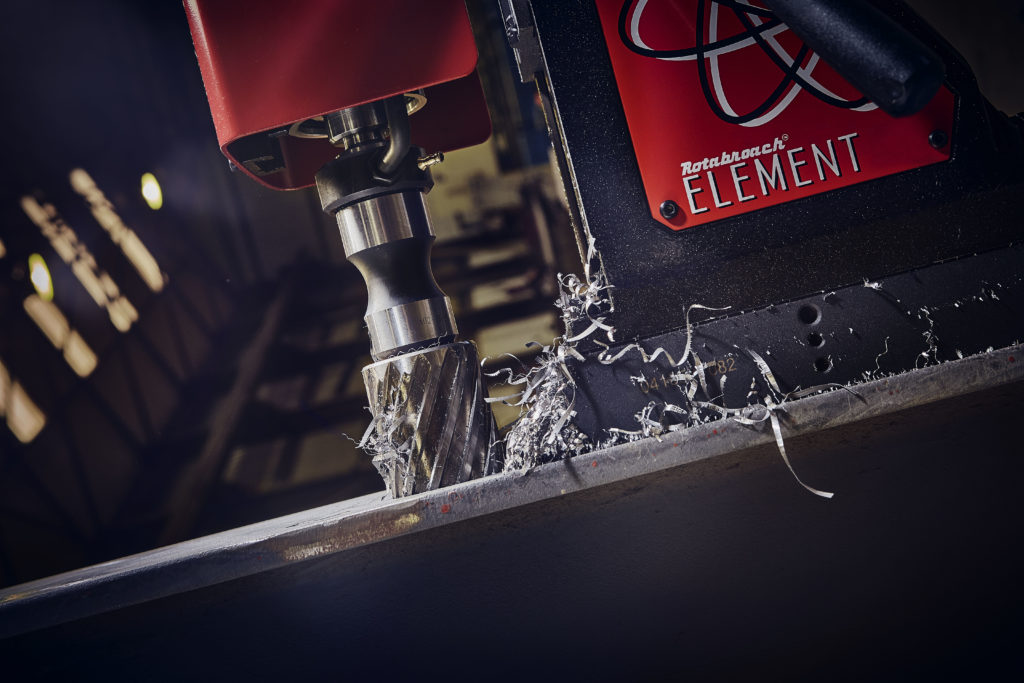

What mag drill bit should I use for metal?
Mag drills are a fantastic option for cutting through metal, particularly when used with the correct annular cutter.
Designed to cut the outline of the hole, these cutters avoid excess energy use by only cutting the necessary parts of the target hole. However, as versatile and adaptable tools, mag drills can also use alternative cutting tools, including:
- Countersinks
- Hole Saws
- Step Drills
- Taps (tapping requires forward/reverse functionality)
- Twist Drills
This ability to accommodate a range of different tools are part of why magnetic drills are a valuable part of any workshop.
Can you use an annular cutter in a drill?
Annular cutters are generally designed for a mag drill chuck, the combination of the tools makes them an incredibly efficient, powerful tool for cutting through metal.
Can you use a mag drill upside down?
Mag drills excel at drilling difficult angles and positions where traditional fixed drills are unsuitable. For example, drilling in tight spaces is difficult for a traditional heavy-duty drill, however the compact Element 50 Low Profile is ideal for these situations.
When drilling upside down specifically, the Element 40 Permanent Magnet is the ultimate option. Whereas a normal mag drill will fall in cases of power loss, as the magnet loses power, and risk operator injury and significant machine damage, the Element 40 Permanent Magnet will maintain its hold.
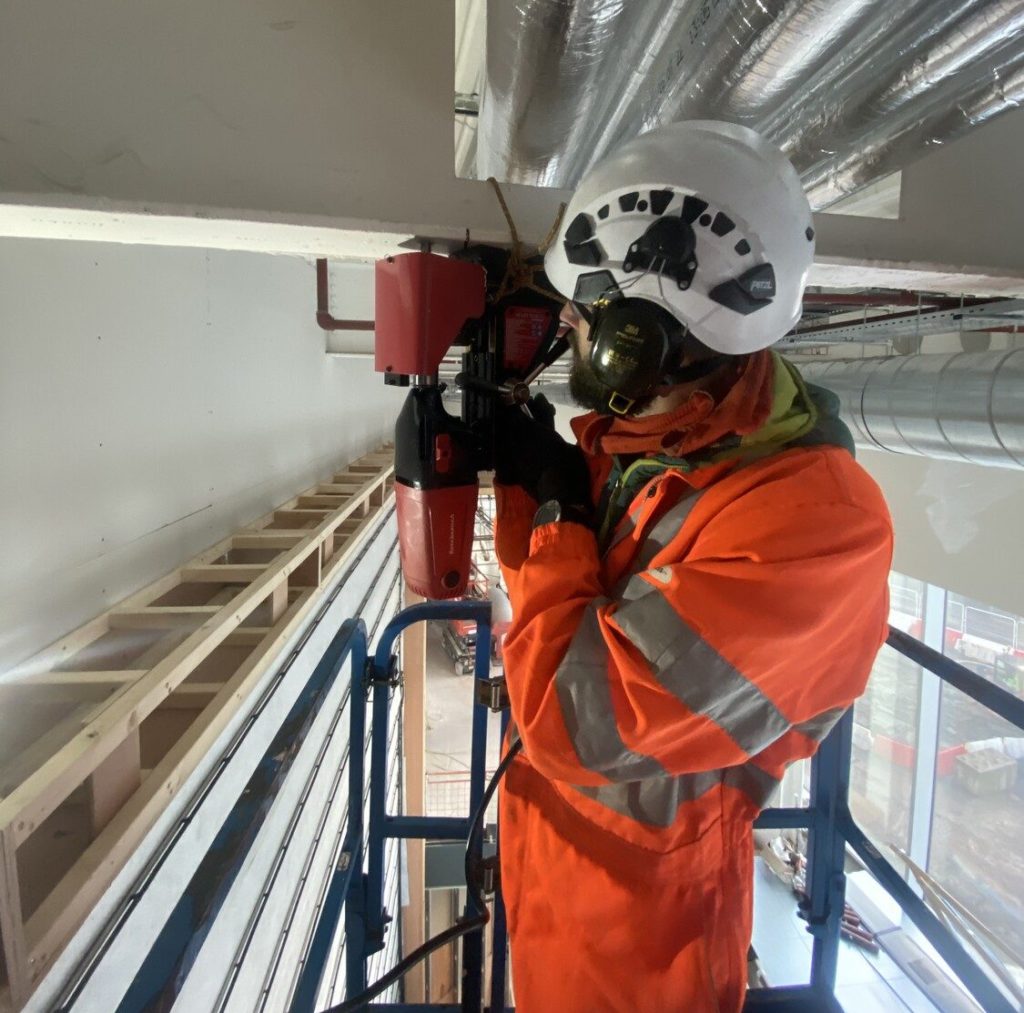

So, what have we covered?
In this short overview, we’ve looked at some of the most common questions around magnetic drills; their uses, instructions and other recurring queries. As well as this, we’ve talked about the Element 50 Low Profile, Element 40 Permanent Magnet and other innovative options from #theoriginalname.
Want to know more? Contact our sales team today to find out how mag drills could change the way you work.
